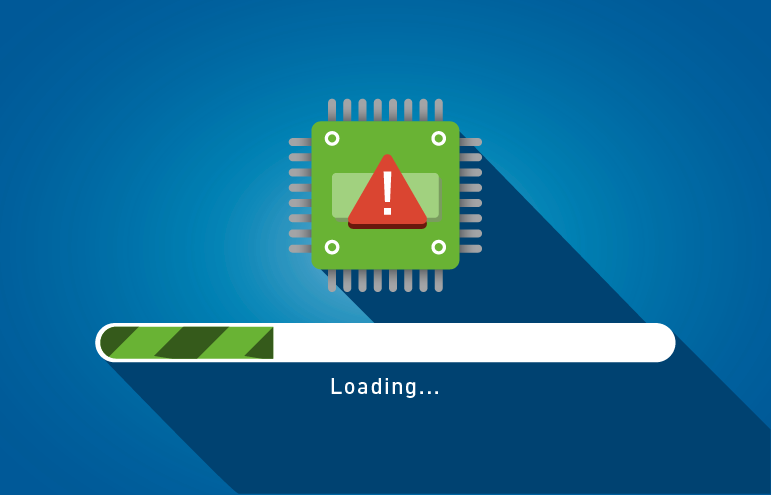FIs Must Plan Ahead for IT Projects to Get Hardware in Time

The coronavirus pandemic has fueled ongoing inventory and material shortages in a number of industries and IT is no exception. Many components, such as servers, routers, firewalls, network switches, phones, keyboards, microphones, webcams, and more are still in relatively short supply. We’re seeing lead times for hardware delivery lasting four to six months—and the situation could get worse with the Delta variant. So, it’s crucial for financial institutions to plan ahead when ordering IT equipment.
There’s a combination of factors driving these hardware shortages and delivery delays. With more people working from home, there’s an increased need for hardware, and the rise in demand for electronic devices has placed an extra load on the semiconductor industry. Semiconductors, commonly referred to as computer chips or chips, are a core element in almost everything electronic. The semiconductor market is also consolidated with only three manufactures who can produce the most advanced chips. These factors account for some of the reasons why chips are becoming scarce during a time of heightened demand. Currently, semiconductor lead times are stretching to more than 20 weeks—almost three times the pre-pandemic norm, according to Bloomberg.
Another key factor in hardware shortages is the just-in-time production (JIT) model that many companies, including those that manufacture chips, use to turn out small batches of products instead of creating huge inventories. While this lowers their production costs, it can cause supply chain problems when there’s a rapid surge in demand. Employee shortages worsened by the pandemic have only helped to strain hardware supply chain output even further.
If you’re planning to make upgrades or replace any end-of-life (EOL) equipment, you should order it now to help ensure your institution gets what it needs in time. Another issue is not about ordering the hardware; it’s about having time to properly execute the implementation. For instance, if you need new servers, routers, or phone systems, you need ample lead time to design the project, sufficient time for deployment, and additional time to ensure everything works properly post-implementation. Thinking ahead will make the hardware acquisition and implementation much easier to manage in the long run.
Potential Impact of Not Planning Ahead
Lack of effective planning for hardware purchases could result in serious complications. For instance, if you need a new phone system, you might not be able to secure phones, switches, and routers in time for your scheduled implementation. The delivery delay could be several months which not only impacts deployment but also results in a disruption to your current business functions.
In addition, a delay in installing new equipment could lead to security problems. Often, the new version of software will not install on old hardware, which could leave your institution using obsolete software that doesn’t get the appropriate patches and updates. So, actively researching any EOL issues that could lead to this problem is critical, (Incidentally, Microsoft Server 2012 is coming up on its EOL.)
Keeping hardware and software properly updated is also a matter of regulatory compliance for financial institutions. Management should implement policies, standards, and procedures to identify assets and their EOL time frames to track assets’ EOLs and to replace, or upgrade, the asset, according to the FFIEC Examination Handbook’s Architecture, Infrastructure, and Operations booklet. The guidance states, “Failure to maintain effective identification, tracking, and replacement processes could have operational or security implications (e.g., unavailable or unapplied security updates [patches] that make technology vulnerable to disruption).”
The bottom line is: If you need any IT equipment, it could be months before it’s available. So, plan your project accordingly and order the hardware as soon as possible to ensure the success of your implementation timeline. If you need assistance with researching lead times on hardware such as servers, routers, firewalls, network switches, and more or would like support with EOL products and planning for what is ahead, Safe Systems has experts on hand to help.

